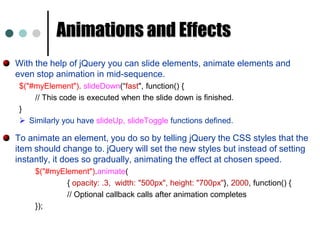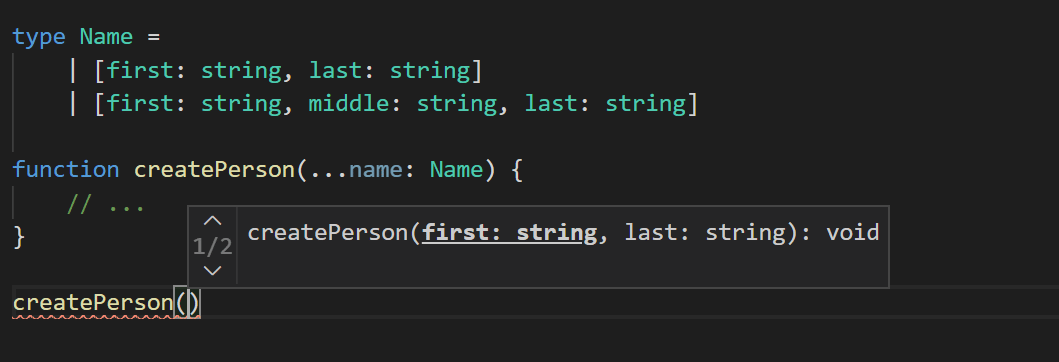

- #Jquery force all children to inherit font size how to#
- #Jquery force all children to inherit font size code#
We’ll make it the same width like one of the swatches (although they will take up more space) so that we can easily center it. The percentage is applied to the inherited font size 12px, as we discussed above so the heading size will be 300 of 12px, or 36px. Browser Support The numbers in the table specifies the first browser version that fully supports the inherit keyword. The inherit keyword can be used for any CSS property, and on any HTML element. This last division will be our “cover”, the top most layer of the swatch book.įirst, let’s define the style for the containing wrapper. Definition and Usage The inherit keyword specifies that a property should inherit its value from its parent element. Designers use the DIV to create complex page. The last division will not have an icon span but instead an h4 and an h5 element. Formatting instructions (font family, color, border, etc.) Height and width attributes Absolute positioning. The Markupįor the markup we’ll have a simple structure with several divisions where each one contains an icon span and a h4: The getComputedStyle() method returns an object that contains the computed style of an element. The getComputedStyle() is a method of the window object. But you’ll of course find them in the files. The font-size of the first letter of the paragraph with the id is 24px. We will omit vendor prefixes in this tutorial. With the following classes, we can increase or decrease the size of icons relative to that inherited font-size. Parts of the text may override this setting using in-line. Icons inherit the font-size of their parent container which allow them to match any text you might use with them. The element is in a lower stacking context due to its parent’s z-index level. This one is a bit more complex, because it involves parent and child elements. Now, let’s move on to our last reason that your z-index isn't working. The size can either be numeric, in pixels, or other measurements. In my opinion, doing this will solve most, if not all of the more basic z-index issues. In this tutorial we will be using an icon font that was created with Fontello. Parts of the text may override this setting using in-line formatting. This situation occurs when you’re trying to override styles that are declared somewhere else in your CSS.įor example, let’s imagine you want to italicize everything that appears inside of elements.Please note: the result of this tutorial will only work as intended in browsers that support the respective CSS properties. length property is preferred because it does not have the overhead of a function call. size () method is functionally equivalent to the. Note: This method has been removed in jQuery 3.0. If the selector is supplied, the elements will be filtered by testing. children () method optionally accepts a selector expression of the same type that we can pass to the () function. When you’re just starting with CSS, the !important tag seems like a secret weapon that you can pull out when styles aren’t working as expected. size () This method does not accept any arguments. children () does not return text nodes to get all children including text and comment nodes, use. What does the !important tag actually do? Go ahead and grab a cup of coffee and prepare for some code examples.
#Jquery force all children to inherit font size how to#
Get the width, height, text color, and background color of a clicked div. The text-align-last property specifies how to align the last line of a text.



Some text editors automatically trigger code.


 0 kommentar(er)
0 kommentar(er)
